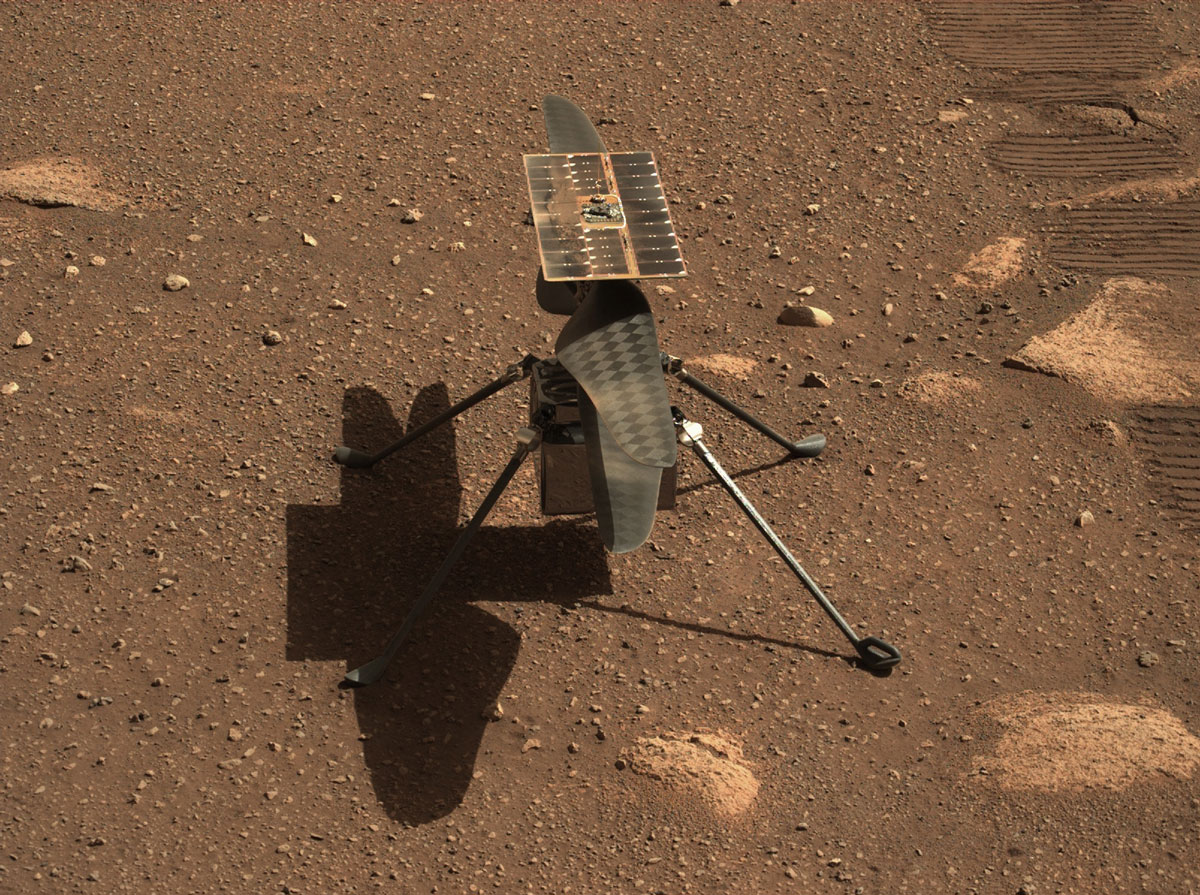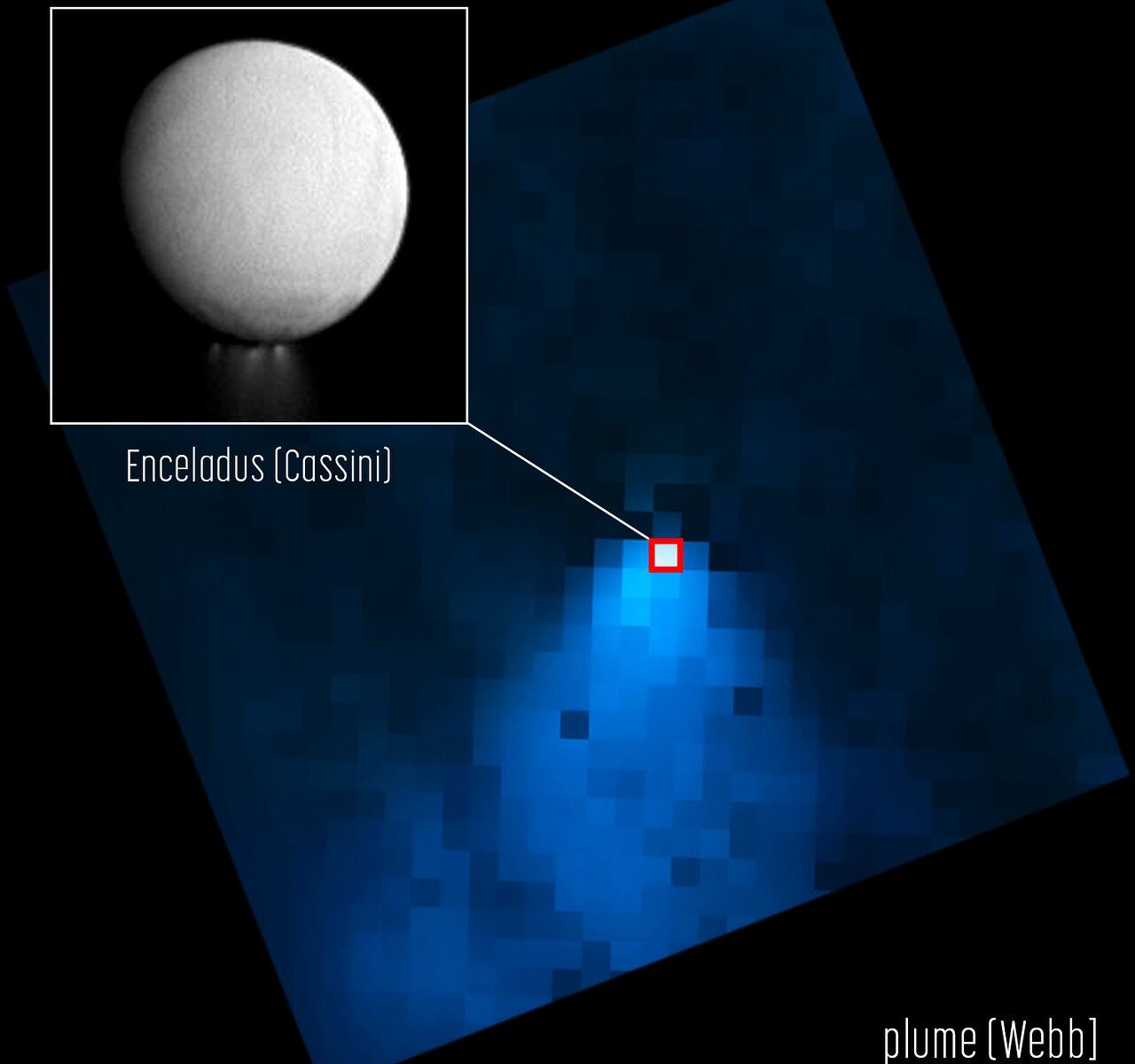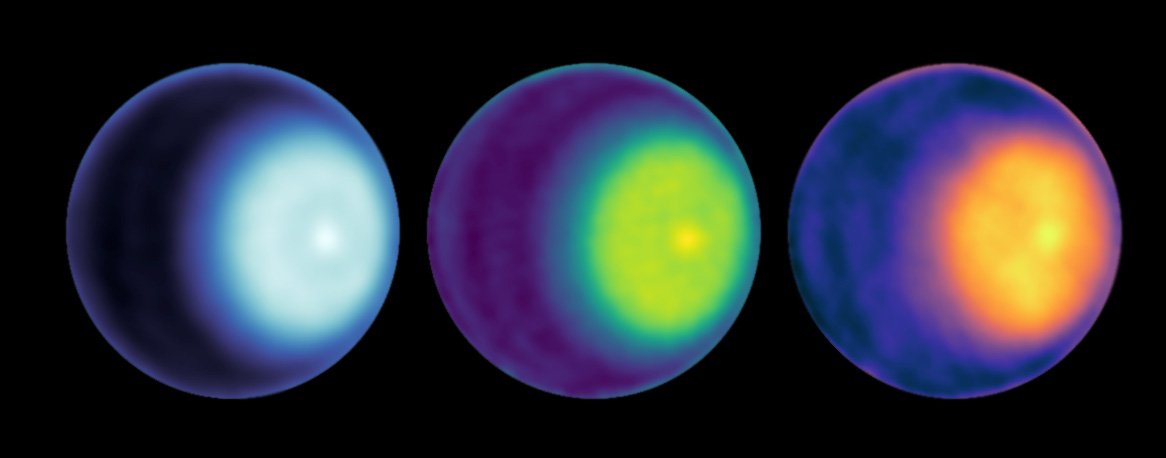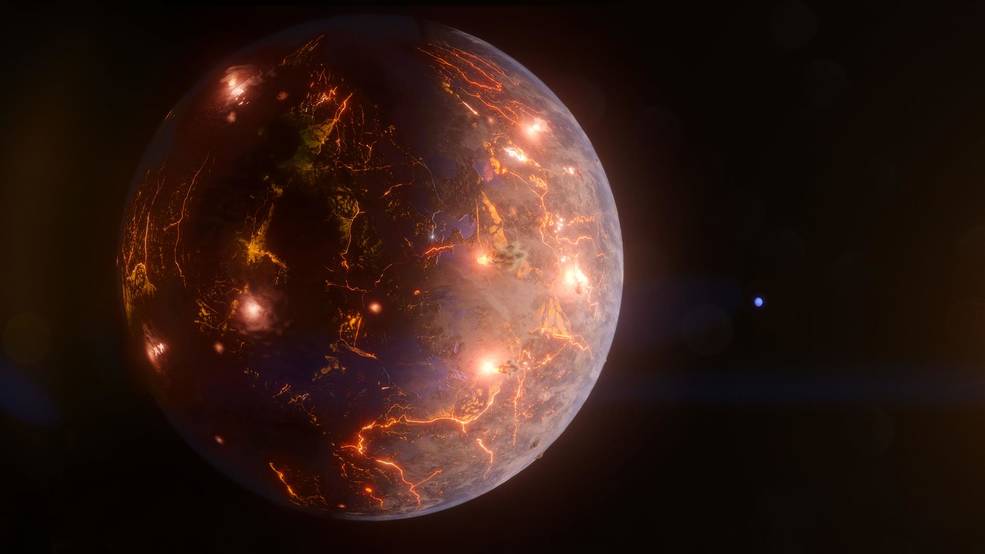NASA’s Ingenuity helicopter on Mars has exceeded everyone’s expectations, recently completing its 51st flight when it was supposed to fly just a few times as a demonstration mission. But flights 50 and 51 almost didn’t happen.
In a recent blog post, Travis Brown, Chief Engineer for Ingenuity shared how the team lost contact with the tiny rotorcraft for six excruciating days.
Continue reading “NASA's Mars Helicopter Went Silent for Six Agonizing Days”









